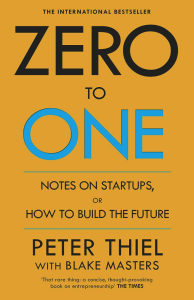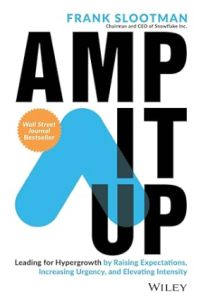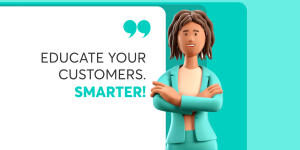In the ever-evolving landscape of the technology industry, where innovation is the currency of success, Peter Thiel’s “Zero to One” emerges as a beacon for entrepreneurs and visionaries aiming to carve unique paths in the market. This seminal work, not just a book but a manifesto for innovation, challenges the conventional wisdom of competition and champions the pursuit of creating something new.
My big takeaways…
(1) The Value of Monopolies: Thiel argues that true progress in business comes not from competition, but from creating monopolies – companies achieve success by building unique products that create new markets.
(2) The Power of Vertical Progress: The book distinguishes between horizontal progress (or globalisation) and vertical progress (or technology). Thiel emphasises that going from 0 to 1 (vertical progress) is where the magic happens, creating new and valuable innovations.
(3) The Importance of Founding Teams: The dynamics of the founding team are crucial. Thiel discusses the significance of having a small, tightly-knit group of individuals who share a common vision and complement each other’s skills.
(4) The Start-up Mindset: “Zero to One” offers insights into the mindset required to build a successful start-up. It stresses the importance of having a strong vision and the willingness to pursue bold ideas that go against the grain.
Why ‘Zero to One’ is a Must-Read…
For you and any professionals in the technology sector, especially those in leadership roles like myself, Thiel’s insights provide a fresh perspective on innovation and competition. The book encourages us to think differently about how we approach business strategy and product development, advocating for the creation of value in uncharted territories.
“Zero to One” is more than just a book; it’s a new lens through which to view the potential of our ventures in the technology sector. Whether you’re a budding entrepreneur or a seasoned executive, Thiel’s provocative ideas will inspire you to rethink your approach to business and innovation.
Highly recommended. Click here to grab a copy now.





